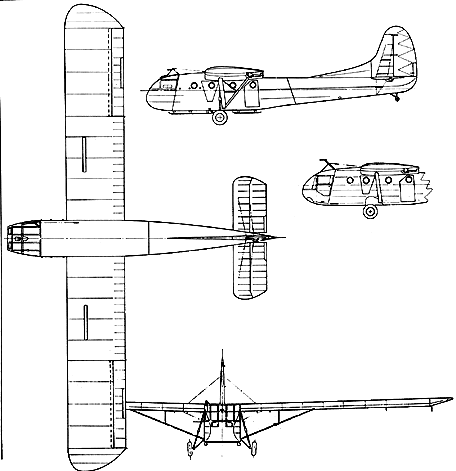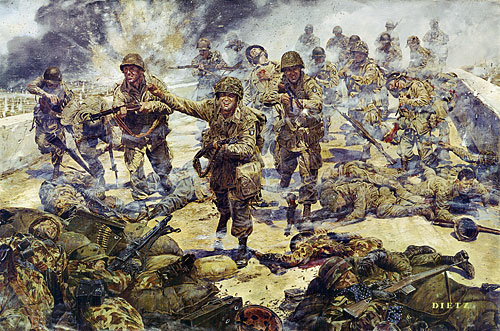| Stories of the men that fought in the Glider unit's of the 101st AB during World War Two |
| During World War Two a concept was developed to send Infantry and their support personal into combat behind the enemies line's. First developed by the German Army with great effect during the early campaignes, the United States Army developed it's own plan to use this new type of war fare.... AIRBORNE INFANTRY. |
| Stories of the men NEW 5-25-02 Wiley H. Wilson 401st GIB, A Company 5-25-02 NEW NEW 5-25-02 Louie O. Wofford 401st GIB, A & C Company 5-25-02 NEW NEW 5-24-02 Roy E. Johnson 327th GIB, A Company 5-24-02 NEW Bill Hogan 907th GFA, B Battery, 2nd section Updated 3-29-02 Sam Howard 907th GFA, HQ attached to 501st PIR Updated 3-29-02 Don Frederick 327th GIR, Medic |
| Project ALWAYS under construction |
| The stories on these pages are told by the men of the 101st Airborne Division Glider unit's. They were told to me by e-mail, personal interveiws, telephone, and by many hours of tape. The stories told by these men are from their best recollection after 57 or more years and include many personal accounts of training, camp life, and battle experiences. The men go into some detail of their uniforms, equipment, and humorous tails of every day life. Many of the pages have some of their personal pictures taken at verious times during the war. |
| The U.S. used a WACO CG-4A (Cargo Glider) to transfer the glider troops, vehicals, and equipment into combat. It was made up of a tube steel frame 48' 4" in over all length, a honeycombed plywood floor in the main cargo section, wooden framed wings 83' 8" long, then cover by a thin aircraft canvas offering little to no protection. The Glider was manned by a pilot and co-pilot and could carry 12 men, their equipment and weapons or 3,700 pounds. Gliders carried Jeeps, Artillery pieces, medical suplies, ammunition, and other equipment needed to carry out operations behind the enemies lines. Loading of large equipment into a CG-4A was done by swinging up the nose/ cock-pit portion. Men and smaller equipment was loaded via side doors. Exiting the craft was done in the same manner, but there were also two additional "Kick-out" panels that could be used in emergencies, these were located half-way between the cock-pit and the rear entry doors on each side. Of course one could always just cut the canvas to exit! |
 |
| The CG-4A The means of transportation for these men |
 |
| "SRIKE ATTACK" |
| LTC Robert G. Cole |
| New print by James Dietz The Art of James Dietz |
| Project started January 2000 updated May 25th 2002 |
| ... |
 |
| Veterans or Family members, if you would like to have yourself or your fore father included on these pages please drop me a mail and I'll do my best to include you or them. If anyone has any further information on these or other 101st Airborne Glider veterans please drop me a mail! |
| [email protected] Gary Corbin |
